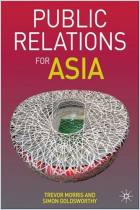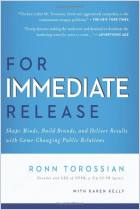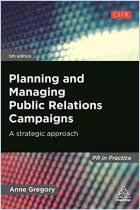
Ethics in Public Relations
A Guide to Best Practice
Recommendation
Author Patricia J. Parsons strives to bridge the gap between teaching the ethics of public relations and offering ethical advice to professionals, but unfortunately her bridge only goes halfway. It’s strong up to the point where she outlines the philosophical issues involved in the ethical treatment of people in business. She could have maintained her momentum by supplying real-world insights about the PR practitioners’ ethical breaches or the intentional distrust that dishonest PR creates. Some of her examples seem to come from Web sites or magazines, while others don’t seem on point or particularly ethically challenging. For instance, she cites one ethical dilemma about reporters who were invited to a university’s holiday party and she asks whether the event constituted a gift or "subtle bribery." Maybe it was both, or maybe it was just a place to get a free beer. Parsons falls into a trap that often ensnares books on ethics: her treatise just doesn’t provide enough substance. That said, her topic is important in today’s scandal-scarred business environment, and she raises several worthwhile issues. getAbstract.com recommends this book to PR practitioners and marketing teachers who seek background on this inside-the-industry topic.
Summary
About the Author
Author and consultant Patricia J. Parsons is associate professor and past chair of the Department of Public Relations at Mount Saint Vincent University in Halifax, Nova Scotia. She teaches management of organizational public relations, public relations ethics and strategy. Her consulting firm handles healthcare communications and public relations.





















Comment on this summary or Démarrer une discussion